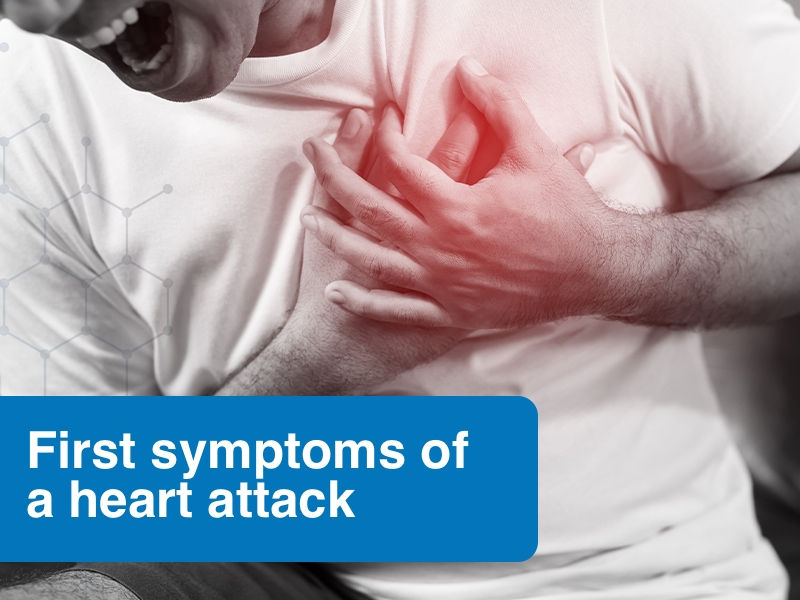First symptoms of a heart attack
- southafricanews
- May 26, 2022
- 2 min read

Being able to identify the first symptoms of a heart attack could save your life, or the life of a loved one. Understanding what to look out for can help you find medical assistance, and take the necessary steps to improve blood flow.
Inspired by the NHS and their tireless education efforts, we’ve put together a list of symptoms to look out for.
Symptoms of a heart attack
Symptoms of a heart attack include:
Chest pain – feeling pressure, heaviness, tightness or squeezing across your chest
Feeling of pain in other parts of your body – it can feel as though pain is spreading from your chest to your arms (usually the left arm, but sometimes both), jaw, neck, back and stomach.
Light-headedness and dizziness
Sweating
Shortness of breath
Nausea and vomiting
Overwhelming anxiety (similar to panic attacks)
Coughing or wheezing
While the chest pain is often severe, in some cases you may only experience minor pain – similar to indigestion.
The most common symptom in both men and women is chest pain, but women are more likely to experience other symptoms such as shortness of breath, nausea, vomiting and back or jaw pain.
Call an ambulance
If you’re experiencing the symptoms of a heart attack, call an ambulance and rest to avoid unnecessary strain on your heart.
Taking aspirin will help thin your blood and improve blood flow to your heart. Chew and then swallow an adult-sized tablet while you wait for the ambulance (provided it is available and you are not allergic to it).
Cardiac arrest
In some cases, ventricular arrhythmia can cause the heart to stop beating. This complication is known as sudden cardiac arrest.
Symptoms that suggest a person has gone into cardiac arrest include the person not moving or breathing – and not responding to any stimulation such as being touched or spoken to.
If you think that somebody has gone into cardiac arrest – do not panic.
If you do not have access to an automated external defibrillator (AED), you can perform chest compressions, which may help restart the heart.
Chest compression
To do chest compressions on an adult:
Place the heel of your hand on the breastbone at the centre of the person’s chest. Place your other hand on top of your first hand and interlock your fingers.
Using your body weight (not just your arms), press straight down by 5 to 6cm on their chest.
Repeat this until an ambulance arrives.
Aim to do 100 to 120 compressions a minute. This video from the British Heart Foundation highlights the process.
Using an automated external defibrillator (AED)
If you have access to an automated external defibrillator (AED), you should use it. They are safe, portable electrical devices that should form part of any large organisation’s first aid equipment.
AEDs help to establish a regular heartbeat during cardiac arrest by monitoring a person’s heartbeat and providing an electric shock if necessary.
Early interventions with AEDs can help to save lives. At BHA Medical, we stock a number of SMART AEDs that guide you through this process.
Click here to find out more about the HeartStart FRX.
Click here to find out more about the HeartStart HS1.
BHA Medical Head Office
+44 (0) 2045 345 598
salesuk@bha-medical.com
D-Heart Device:



Comments